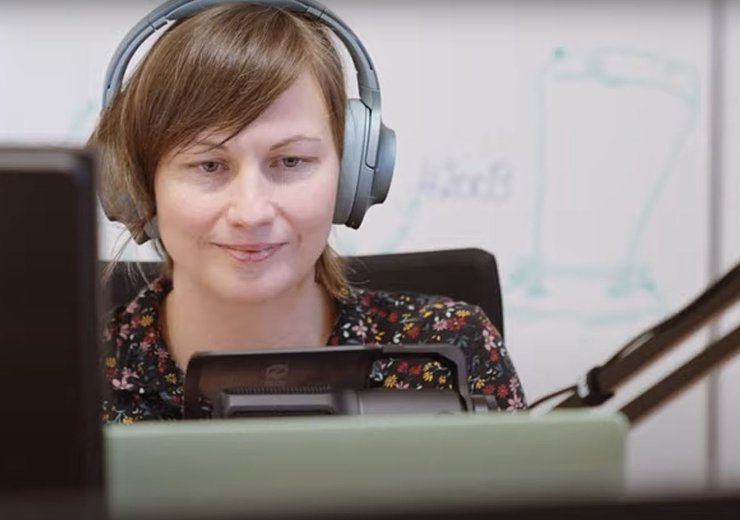How to Turn an On-Site Lecture into an Online Course?
Teachers have been challenged to adapt their lectures for online formats – a brief history of successful transformations at TU Wien Informatics.

See “Page URL” field below…Peter Purgathofer and Janis Lena Meißner from the Human-Computer Interaction Group at TU Wien Informatics have expertly translated their teaching methods to the digital world. In 2021, Peter Purgathofer and his team received an Award of Distinction by the Ars Docendi (Austrian State Prize for Good Teaching) in the category Methods of Distance Learning and their Sustainable Use.
In a short film by Christian Lendl, TU Wien Informatics alumni, filmmaker, and media engineer from Vienna, they talk about the transformation process, its challenges and benefits.
Designing a new format
Transferring lectures usually designed for large auditoriums into online courses is one of the significant teaching challenges lecturers faced during the pandemic. A talk ‘into the black box’ is not enough to captivate students at home in front of their laptops. Peter Purgathofer and Janis Lena Meißner have developed a new concept: They reduce the thematic introduction to 30-45 minutes, accompanied with text, pictures, and videos. Students are required to create content summaries to pick up the lecture material – and are free to choose their preferred working method, from infographics to plain text.
The second half of the lecture consists of a lengthy discussion with experts from the respective fields. An important finding was that discussions work far better online than in large lecture halls: The exchange is livelier because of the lower threshold to ask questions online. Moreover, Purgathofer and Meißner noticed that the quality of questions increases, among others, due to the written format.
Creating a new setup
The key to online teaching is sound and image quality. Even studies show that lecturers are perceived as more competent if the lighting, video and sound quality are good. Purgathofer and his team set up a fixed working space for online lectures. Gaining more experience over time, they simplified and automatized the set-up. Automatically adjusted screen ratios and easy switching modes reduce the teacher’s stress during live lectures.
To manage the extensive discussions, Meißner introduced a tool for up- and downvoting questions by students. Meißner also moderates the discussion during the lecture, representing the written questions and therefore minimizing the pressure one might feel by posing questions oneself.
The effort to prepare the online lecture is not much higher than the analog version due to the shortened introduction talk. But the workload for follow-up and content creation, e.g. for in-depth videos, is extensive.
For Purgathofer, the critical question is not if lectures should be held online or offline, but instead how we can create teaching and learning environments where students can engage and pursue topics they are passionate about.
Watch on YouTube: https://youtu.be/nYoszlQs9j4
Curious about our other news? Subscribe to our news feed, calendar, or newsletter, or follow us on social media.



